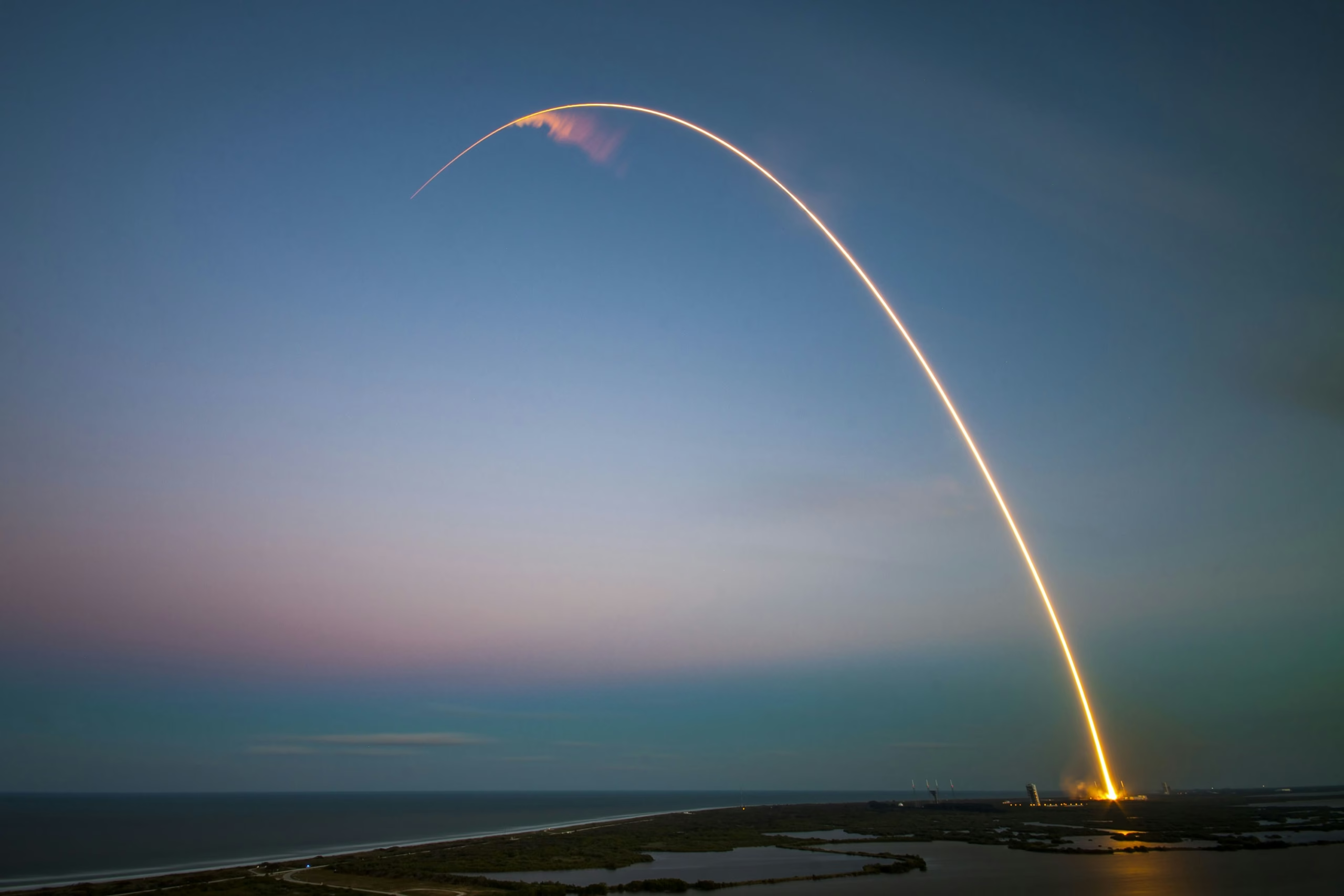How Astronauts Stay Healthy in Space. Have you ever wondered how astronauts maintain their health while orbiting far above the Earth? As individuals who spend extended periods in the harsh environment of space, astronauts face unique challenges that require specialized medical practices aimed at preserving their well-being. This article explores the fascinating field of space medicine, an area of study and practice ensuring that these professionals can safely live and work beyond our planet.
Table of Contents
Historical Context of Space Medicine
The concept of space medicine is as captivating as it is complex, tracing its roots back to the early 20th century. The development of this field has allowed humankind to dream beyond the limits of our atmosphere. Initially sparked by the space race, the necessity for advanced medical care in space grew as missions became longer and more ambitious, culminating in today’s sophisticated procedures and treatments.
The Beginnings of Space Health Research
Space medicine began developing in earnest when human spaceflight became a reality during the mid-20th century. With the launch of Yuri Gagarin as the first human in space in 1961, and subsequent American missions, the importance of understanding how the human body reacted in microgravity became paramount.
Milestones in Space Medicine
The Moon landing in 1969 marked a significant milestone for both space exploration and space medicine. The rigorous physical and psychological tests endured by the Apollo astronauts paved the way for understanding the impact of space travel on the human body. Over the decades, international collaboration, such as aboard the International Space Station (ISS), has further advanced this knowledge, leading to medical practices used today.
Key Concepts of Space Medicine
Understanding space medicine requires comprehending several essential concepts that form its foundation. These concepts address the challenges astronauts face in space, ranging from the effects of microgravity to the psychological stresses of long-duration missions.
Microgravity and Its Effects
Microgravity, a condition characterized by free-fall, poses unique challenges to human physiology. In this environment, bodily functions adapt significantly. Bones and muscles can weaken due to decreased load-bearing, and fluids in the body redistribute, affecting eyesight and causing the characteristic ‘moon face’ appearance. Maintaining physical health while countering these effects is crucial.
Radiation Exposure
In space, astronauts are exposed to higher levels of radiation than on Earth. This is a significant concern, especially for long-duration missions, as it can increase the risk of cancer and other health issues. Protective measures, such as shielding spacecraft and strategic planning of activities, are part of the protocols in space medicine to mitigate these risks.
Psychological Well-being
The mental health of astronauts is just as important as their physical well-being. The isolation and confinement experienced on missions—coupled with the pressure to perform—can lead to stress and psychological challenges. Space medicine includes strategies to ensure mental health support, from virtual communication with loved ones to structured schedules that offer predictability and normalcy.

The Medical Toolbox in Space
The robust medical protocols and tools used in space form the backbone of space medicine. These include preventive measures, diagnostics, and treatments, ensuring astronauts remain healthy while far from traditional healthcare facilities.
Pre-mission Preparations
Before venturing into space, astronauts undergo extensive training and medical evaluations, focusing on both physical and psychological preparedness. This training prepares them to handle medical situations independently and understand their health risks, learning procedures such as dealing with minor injuries or managing potential mental health issues through scenario-based training.
Health Monitoring and Diagnostics
Onboard the ISS, astronauts have access to various diagnostic tools and medical kits that allow them to monitor their health. These include equipment for checking vital signs like blood pressure and heart rate, as well as portable ultrasound devices to assess internal physiological changes.
Exercise Regimens
To combat the muscle and bone loss associated with microgravity, astronauts engage in regular exercise using specialized equipment such as treadmills and resistance devices adapted for the space environment. These regimens are a critical component of maintaining their physical fitness.
Nutrition and Diet
Proper nutrition plays a pivotal role in ensuring astronauts’ health. Vitamins and minerals are crucial for offsetting bone and muscle deterioration, while calorie intake must be meticulously planned to match energy expenditures. Space food must provide balanced nutrition, including adequate calcium and vitamin D, to counteract the lack of gravity-induced bone density loss.
Challenges and Solutions in Space Medicine
Addressing the medical challenges in space requires both innovative solutions and meticulous planning. These strategies help safeguard astronauts’ health and mission success.
Handling Medical Emergencies
In case of severe medical emergencies, astronauts are trained to use medico kits that can handle a range of health issues, from minor injuries to more serious conditions. Emergency protocols, developed with input from space agencies worldwide, guide astronauts in handling contingencies until further support can be provided.
Coping with Isolation
Dealing with isolation and separation from Earth enhances the psychological burden on astronauts. Countermeasures include maintaining social connections through regular communication with loved ones and crew support to foster a sense of community.

Space Medicine Innovations
Continuously evolving, space medicine adapts to the latest developments in science and technology. These innovations not only serve space exploration but often find applications in healthcare on Earth.
Advanced Medical Technologies
Cutting-edge technologies, such as telemedicine and wearable health monitors, enable astronaut health monitoring with enhanced precision. Such innovations allow for real-time data analysis and potential early identification of health issues, providing better outcomes for both space missions and earthbound healthcare.
Regenerative Medicine and Bioprinting
One exciting area of research is using bioprinting to potentially create viable tissue and organs in space. These innovations could lead to revolutionary treatments for astronauts and may also have significant applications for regenerative medicine on Earth.
Case Studies: Space Medicine in Practice
Through real-world examples, the principles of space medicine come to life, showcasing their applications both inside and outside space missions.
Successful Missions and Medical Management
Examples such as the Mars 500 project—a simulation of a manned mission to Mars—demonstrate how space medicine principles are tested and refined. These missions reflect the ingenious solutions developed to keep astronauts healthy and operational throughout extended periods of space travel.
Cross-Disciplinary Benefits
Beyond space missions, space medicine practices have informed medical protocols on Earth, such as advancements in telemedicine and remote patient monitoring. The technologies and techniques developed for space have had lasting impacts on healthcare delivery and patient care.

Future Directions in Space Medicine
Looking towards the future, space medicine continues to face evolving challenges and novel opportunities. Preparing for longer missions, like those to Mars, demands innovative breakthroughs in medical protocols and technologies.
Overcoming New Challenges
Whether it’s finding solutions for prolonged weightlessness or further minimizing radiation exposure, the journey of space medicine is one of continual adaptation and learning. Future missions will likely drive new developments in medical equipment and practices.
Integration with Earth-Based Medicine
The cross-pollination between space medicine and terrestrial healthcare has the potential to improve the overall health landscape. Technologies initially developed for space are increasingly finding their way into conventional medical settings, benefiting patients globally.
Conclusion: The Role of Space Medicine
In summarizing the role of space medicine, it is clear that maintaining astronaut health requires a complex blend of innovation, planning, and execution. This interdisciplinary field not only facilitates safe and successful space missions but also contributes to the broader field of medicine with groundbreaking technologies and methods.

Encouraging Involvement and Feedback
Understanding space medicine is not merely the preserve of scientists or astronauts; its implications touch on aspects relevant to all of humanity. By engaging with and learning about this field, you too can gain insights into cutting-edge medical practices and their applications. If you’re curious about any particular aspect or have experiences related to space medicine, share your thoughts and explore related topics for comprehensive learning.
Additional Resources
For those interested in further exploration, consider researching “Innovations in Telemedicine” or “Nutritional Requirements for Astronauts” to gain a broader understanding of the intricacies involved in space medicine.
FAQ: The Real Story About Astronaut Health Care in Space
Life on Mars: How Close Are We to Building the First Human Colony?


